
Category Type Example Description Implementation Error Severity
ACCURACY
repetition
I don’t know if you realize that most of the goods imported into this country from Central
America are duty free.
I don’t know if you realize that most of the goods imported into this country from Central
America are duty free free.
The last word is being repeated twice. Punctuation is added after the last
repeated word.
automatic minor
repetition
Gordon Johndroe, Bush’s spokesman, referred to the North Korean commitment as
"an important advance towards the goal of achieving verifiable denuclearization of the
Korean penisula."
Gordon Johndroe, Bush’s spokesman, referred to the North Korean commitment as
"an important advance towards the goal of achieving verifiable denuclearization of the
Korean penisula penisula penisula penisula."
The last word is being repeated four times. Punctuation is added after
the last repeated word.
automatic minor
hypernym
The language most of the people working in the Vatican City use on a daily basis is
Italian, and Latin is often used in religious ceremonies.
The language most of the people working in the Vatican City use on a daily basis is
Italian, and Latin is often used in religious activities.
A word translated by a too general term (undertranslation). Special care
was given in order to assure the word used in perturbed text is more
general, and incorrect, translation of the original word.
manual with
suggestions
from GPT-3
major
untranslated
The Polish Air Force will eventually be equipped with 32 F-35 Lightning II fighters
manufactured by Lockheed Martin.
The Polish Air Force will eventually be equipped with 32 F-35 Lightning II fighters
produkowane by Lockheed Martin.
One word is being left untranslated. We manually assure that each time
only one word is left untranslated.
manual major
completeness
She is
in custody
pending prosecution and trial; but any witness evidence could be
negatively impacted because her image has been widely published.
She is
_____
pending prosecution and trial; but any witness evidence could be negatively
impacted because her image has been widely published.
One prepositional phrase is being removed. Whenever possible, we
remove the shortest prepositional phrase in order to assure that the
perturbed sentence is not much shorter than the original translation.
automatic
(Stanza) with
manual check
major
addition _____
Plants look their best when they are in a natural environment, so resist the
temptation to remove "just one."
Power
plants look their best when they are in a natural environment, so resist the
temptation to remove "just one."
One word is being added. We make sure that the added word does not
disturb the grammaticality of the sentence but changes the meaning in a
significant way.
manual critical
antonym
He has been unable to relieve the
pain
with medication, which the competition prohibits
competitors from taking.
He has been unable to relieve the
pleasure
with medication, which the competition
prohibits competitors from taking.
One word (noun, verb, adj., or adv.) is being changed to its antonym.
manual with
suggestions
from GPT-3
critical
mistranslation
negation
Last month, a presidential committee
recommended
the resignation of the former CEP
as part of measures to push the country toward new elections.
Last month, a presidential committee
didn’t recommend
the resignation of the former
CEP as part of measures to push the country toward new elections.
Affirmative sentences are being changed into negations. Rare negations
are being changed to affirmative sentences.
manual critical
mistranslation
named entity
Late night presenter
Stephen Colbert
welcomed 17-year-old Thunberg to his show on
Tuesday and conducted a lengthy interview with the Swede.
Late night presenter
John Oliver
welcomed 17-year-old Thunberg to his show on
Tuesday and conducted a lengthy interview with the Swede.
Named entity is replaced with another named entity from the same
category (person, geographic location, and organization).
automatic
(Stanza) with
manual check
critical
mistranslation
numbers
The Chinese Consulate General in Houston was established in
1979
and is the first
Chinese consulate in the United States.
The Chinese Consulate General in Houston was established in
1997
and is the first
Chinese consulate in the United States.
A number is being replaced with an incorrect one. Special attention was
given to keep the numerals with resonable/common range for the given
category (e.g., 0-100 for percentages; 1-12 for months). We also assure
that the replacement will not create an illogical sentence (e.g., replacing
“1920” with “1940” in “from 1920 to 1930”)
manual critical
mistranslation
gender He
has been unable to relieve the pain with medication, which the competition prohibits
competitors from taking.
She
has been unable to relieve the pain with medication, which the competition prohibits
competitors from taking.
Exactly one feminine pronoun in the sentence (such as “she” or “her”) is
being with a masculine pronouns (such as “he” or “him”) or vice-versa.
This includes reflexive pronouns (i.e., “him/herself”) and possessive
adjectives (i.e., “his/her”).
automatic with
manual check
critical
FLUENCY
cohesion
Scientists want to understand how planets have formed
since
a comet collided with Earth
long ago, and especially how Earth has formed.
Scientists want to understand how planets have formed
_____
a comet collided with
Earth long ago, and especially how Earth has formed.
A conjunction, such as “thus” or “therefore” is removed. Special atten-
tion was given to keep the rest of the sentence unperturbed.
automatic
(spaCy) with
manual check
minor
grammar
pos shift
The U.S. Supreme Court last year blocked the Trump
administration
from including
the citizenship question on the 2020 census form.
The U.S. Supreme Court last year blocked the Trump
administrate
from including the
citizenship question on the 2020 census form.
Affix of the word is being changed keeping the stem kept constant (e.g.,
“bad” to “badly”) which results in the part-of-speech shift. The degree
to which the original meaning is affected varies, however, the intended
meaning is easily retrivable from the stem and context.
manual minor
grammar
swap order
I don’t know if you realize that most of the goods imported
into this
country from
Central America are duty free.
I don’t know if you realize that most of the goods imported
this into
country from
Central America are duty free.
Two neighboring words are being swapped to mimic word order error.
automatic
(spaCy)
minor
grammar
case She
announced that after a break of several years, a Rakoczy horse show will take place
again in 2021.
Her
announced that after a break of several years, a Rakoczy horse show will take place
again in 2021.
One pronoun in the sentence is being changed into a different, incorrect,
case (e.g., “he” to “him”).
automatic
(spaCy) with
manual check
minor
grammar
function word
Last month,
a
presidential committee recommended the resignation of the former CEP
as part of measures to push the country toward new elections.
Last month,
an
presidential committee recommended the resignation of the former CEP
as part of measures to push the country toward new elections.
A preposition or article is being changed into an incorrect one to mimic
mistake in function words usage. While most perturbations result in
minor mistakes (i.e., the original meaning is easily retrivable) some may
be more severe.
automatic with
manual check
minor-major
grammar
tense
Cyanuric acid and melamine
were
both found in urine samples of pets who died after
eating contaminated pet food.
Cyanuric acid and melamine
are
both found in urine samples of pets who died after
eating contaminated pet food.
A tense is being change into an incorrect one. We consider past, present,
as well as the future tense (although this may be classified as modal verb
in English)
manual major
grammar
aspect
He
has been
unable to relieve the pain with medication, which the competition prohibits
competitors from taking.
He
is being
unable to relieve the pain with medication, which the competition prohibits
competitors from taking.
Aspect is being changed to an incorrect one (e.g., perfective to progres-
sive) without changing the tense.
manual major
grammar
interrogative This is
the tenth time since the start of the pandemic that Florida’s daily death toll has
surpassed 100.
Is this
the tenth time since the start of the pandemic that Florida’s daily death toll has
surpassed 100?
Affirmative mood is being changed to interrogative mood. manual major
MIXED
omission
adj/adv
Rangers
closely
monitor shooters participating in supplemental pest control trials as the
trials are monitored and their effectiveness assessed.
Rangers
_____
monitor shooters participating in supplemental pest control trials as the
trials are monitored and their effectiveness assessed.
An adjective or adverb is being removed. While in most cases this leads
to
automatic
(spaCy) with
manual check
minor-major
omission
content verb
Catri
said
that 85% of new coronavirus cases in Belgium last week were under the age
of 60.
Catri
_____
that 85% of new coronavirus cases in Belgium last week were under the age
of 60.
Content verb is being removed (this excludes auxilary verbs and copu-
lae).
Automatic with
manual check
critical
omission
noun
In 1940 he stood up to other government
aristocrats
who wanted to discuss an "agree-
ment" with the Nazis and he very ably won.
In 1940 he stood up to other government
_____
who wanted to discuss an "agreement"
with the Nazis and he very ably won.
Noun, which is not a named entity or a subject, is being removed. We
remove the head of the noun phrase including compound nouns.
automatic
(spaCy) with
manual check
critical
omission
subject
His
research
shows that the administration of hormones can accelerate the maturation
of the baby’s fetal lungs.
His
_____
shows that the administration of hormones can accelerate the maturation of
the baby’s fetal lungs.
Subject is being removed. We remove the head of the noun phrase
including compound nouns.
automatic
(spaCy) with
manual check
critical
omission
named entry
I don’t know if you realize that most of the goods imported into this country from
Central America are duty free.
I don’t know if you realize that most of the goods imported into this country from
_____
are duty free.
Named entity, which is not a subject, is being removed.
automatic
(Stanza) with
manual check
critical
Table 2: A subset of perturbations in DEMETR along with examples (detailed changes are highlighted in purple).
A full list of perturbations is provided in Table A1 and Table A2 in Appendix A.
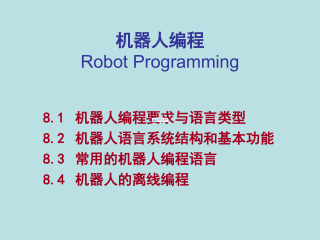
 2024-12-10 3
2024-12-10 3
 2024-12-10 3
2024-12-10 3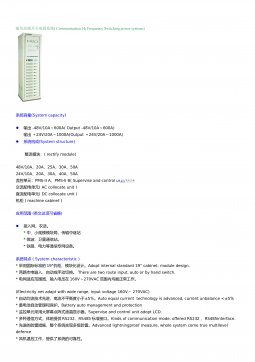
 2024-12-10 3
2024-12-10 3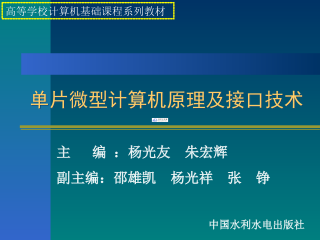
 2024-12-10 5
2024-12-10 5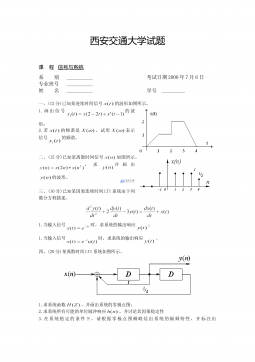
 2024-12-10 5
2024-12-10 5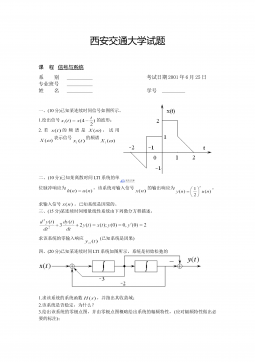
 2024-12-10 7
2024-12-10 7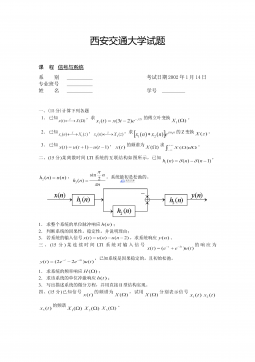
 2024-12-10 3
2024-12-10 3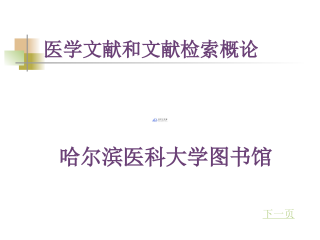
 2024-12-10 7
2024-12-10 7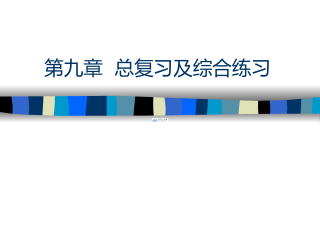
 2024-12-10 8
2024-12-10 8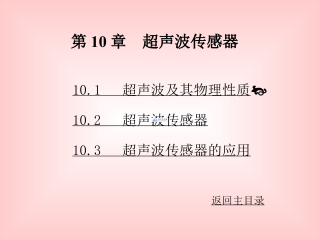
 2024-12-10 3
2024-12-10 3
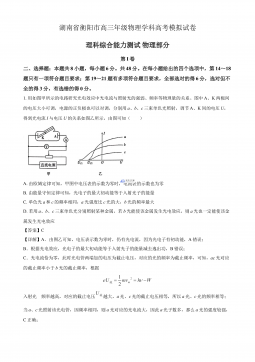
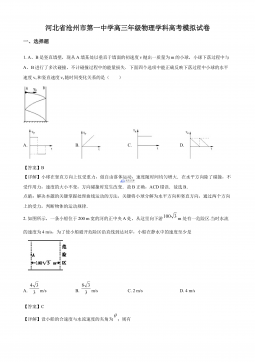
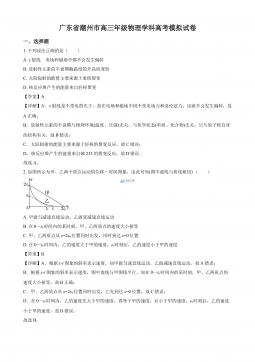





 渝公网安备50010702506394
渝公网安备50010702506394
